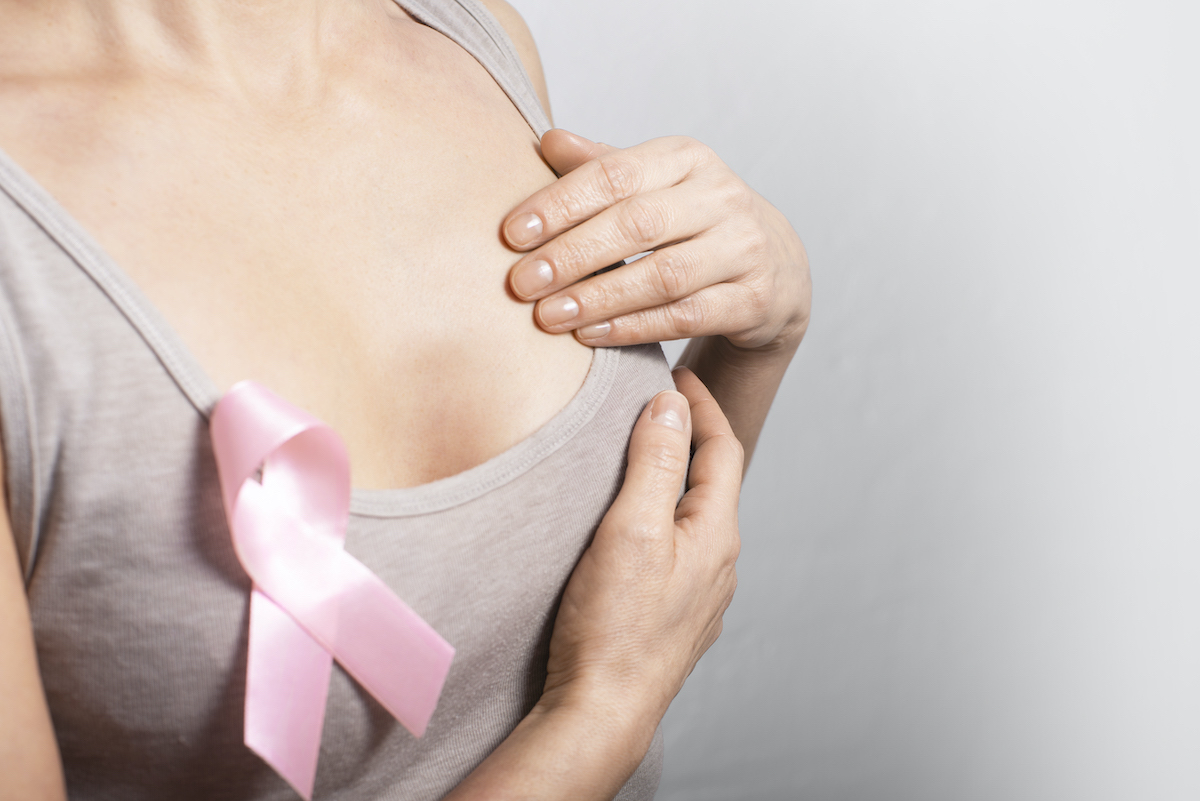People of color may be more prone to certain conditions that affect the skin. These conditions can include post-inflammatory hyperpigmentation, pseudofolliculitis, and melasma, among others.
This article discusses skin conditions that are more common in people with dark skin. It also explores some of the less common conditions, alongside their symptoms.
Post-inflammatory hyperpigmentation
Post-inflammatory hyperpigmentation (PIH) refers to the temporary pigmentation of the skin that develops as a result of previous inflammation or injury.
The condition presents as darkened patches of skin located at the site of the initial injury. The color of the skin patches can range from light brown to black.
Although it can affect anyone, it more commonly affects people with dark skin.
PIH occurs as an increased reactivity of melanocytes within the skin. This leads to an overproduction of the pigment called melanin.
A number of conditions can trigger the increased activity of melanocytes that leads to PIH. These conditions include: acne; atopic dermatitis, or eczema; psoriasis; reactions to certain medications; infections; allergic reactions; burns; physical injuries; pseudofolliculitis.
Although the condition can resolve without treatment, it may take months or years.
According to one 2020 article (https://www. ncbi.nlm.nih.gov/books/ NBK539693/), healthcare professionals commonly prescribe hydroquinone to treat PIH.
Pseudofolliculitis
Some people may refer to this as razor bumps. Although it can affect anyone, it appears to be more prevalent among males of African ancestry and people with curly hair.
When a person shaves, the ends of their hairs become sharp, and the hairs can curve back into the skin, leading to inflammation.
Pseudofolliculitis can appear similar to a painful rash or acne. It can also lead to PIH.
The American Osteopathic College of Dermatology notes that once the hairs reach a certain length, they will not grow in toward the skin. A person should avoid shaving for 3–4 weeks and apply mild prescription cortisone cream. When they are able to resume shaving, it may be beneficial for them to shave every other day and use an electric razor to do so. They should then use a lubricating shaving gel. It is also important to shave in the direction of the follicle and avoid stretching the skin, if possible.
A healthcare professional may recommend topical or oral antibiotics to help reduce inflammation.
Melasma
Melasma is a common skin condition that presents as brown-gray patches of skin on and around the cheeks, lips, chin, nose, and forehead. It can also appear on the forearms or neck, though this is less common.
Melasma develops when skin cells become overactive and produce too much pigment in certain areas of the body. This can result from a change in hormones, such as during pregnancy or while taking birth control pills. It can also occur due to prolonged exposure to the sun.
People with dark skin are more likely to develop melasma. This is because people with skin of color have more active melanocytes, according to the American Academy of Dermatology (AAD). This condition more commonly affects females and typically appears between the ages of 20 and 40 years. The AAD notes that only 10% of those who develop melasma are male.
Melasma can appear similar to several other skin conditions. For this reason, a healthcare professional may perform a biopsy to confirm the diagnosis.
Melasma is treatable, but it is not currently curable.
First-line treatment is typically a topical hydroquinone cream or gel. Although these are available as over-the-counter medications, most people may need to use prescription-strength hydroquinone.
The AAD notes that the symptoms of melasma tend to fade on their own. However, some people can have melasma for decades or their entire life. Even if the melasma does fade, a person may need to continue treating their skin. The condition can reappear if a person has prolonged exposure to sunlight.
An important element of melasma treatment is to avoid direct sun exposure. Some research suggests that this step is key in improving symptoms and preventing future recurrences.
If a person notices further darkening of the patches or develops skin irritation or allergies to their prescribed treatment, they should contact their doctor.
Acne keloidalis nuchae
Acne keloidalis nuchae (AKN) is a long-term inflammatory condition that leads to inflamed plaques and papules on the head or neck.
Symptoms of AKN include: small, firm papules on the lower end of the scalp or neck; occasional pustules, or bumps containing pus, on the scalp or neck; mild burning or itching around the affected site; small lesions or bumps on the crown of the head.
This condition develops when the hairs on the back of the head or near the neck begin to grow into the skin, causing inflammation and scar tissue. AKN affects about 0.45% to 9% of people around the world, most of whom have dark skin and curly hair. Experts have two theories about the cause of AKN: injury to the skin or an irregular immune reaction.
AKN requires long-term treatment and management to reduce the symptoms.
Dermatosis papulosa nigra
Dermatosis papulosa nigra (DPN) is a benign skin growth that appears as skin colored or hyperpigmented papules on the neck and face. These papules can also occur on the neck, back, and upper chest, though this is less common.
The growths are smooth, raised, and approximately 1–5 millimeters wide. They most commonly affect people of African or Asian descent and typically appear during adolescence. As a person ages, the papules may increase in number and size.
Treatment is not medically necessary. However, a person can seek to have them removed for cosmetic reasons if they choose to. It is important to note that the affected area of skin may change color following treatment.
Vitiligo
Vitiligo is a skin pigmentation condition that appears as white or lighter patches on the skin. These patches may appear as individual or combined patches on one or more parts of the body.
Although vitiligo can affect anyone, it may be more noticeable in those with dark skin.
The exact cause of vitiligo remains unknown. Some research notes that it may be a type of autoimmune condition, wherein the body’s own immune cells destroy the melanocytes. Since melanocytes are responsible for skin pigmentation, their destruction leads to white patches or decolorization of the skin.
The symptoms of vitiligo tend to be surface level, leading to discoloration of various parts of the body. Some people also experience itching or pain at the affected sites. Some other symptoms include discoloration of eyebrows, eyelashes, scalp, and beard; whitening of the eyes and mouth; discoloration of the genitals.
There does not appear to be a cure for vitiligo. However, if a person wants to, they can use cosmetics, makeup, and skin dyes to reduce the appearance of the condition. The American Academy of Dermatology notes that a person can apply a potent corticosteroid cream to the skin. About 45% of people regain some skin color with this method. However, results can take 4–6 months to appear.
Summary
Some skin conditions are more prevalent among people with dark skin. Although some of these skin conditions do not cause physical discomfort, others may lead to itching, pain, or burning sensations.
A person should consult with their health professional. A Dermatologist can treat or manage most of these skin conditions with oral or topical medications. However, some cases may require additional intervention, such as laser treatment or surgery.
Source: https://www.medicalnewstoday.com/articles/skin-conditions-in-black-skin
Exclusive content from CARE Magazine







